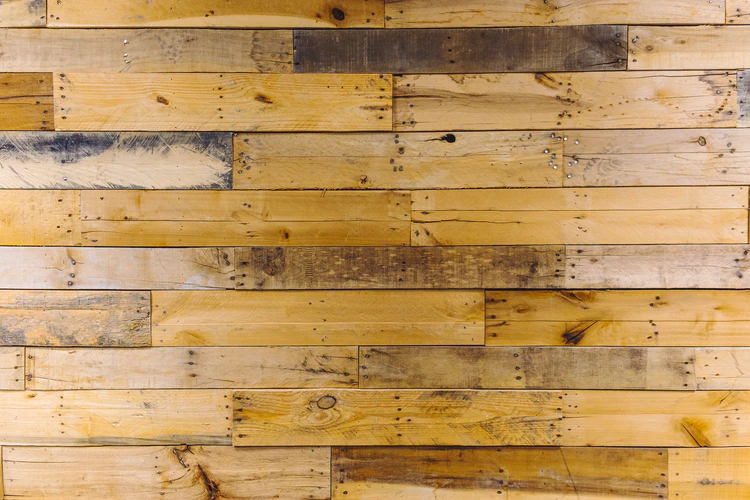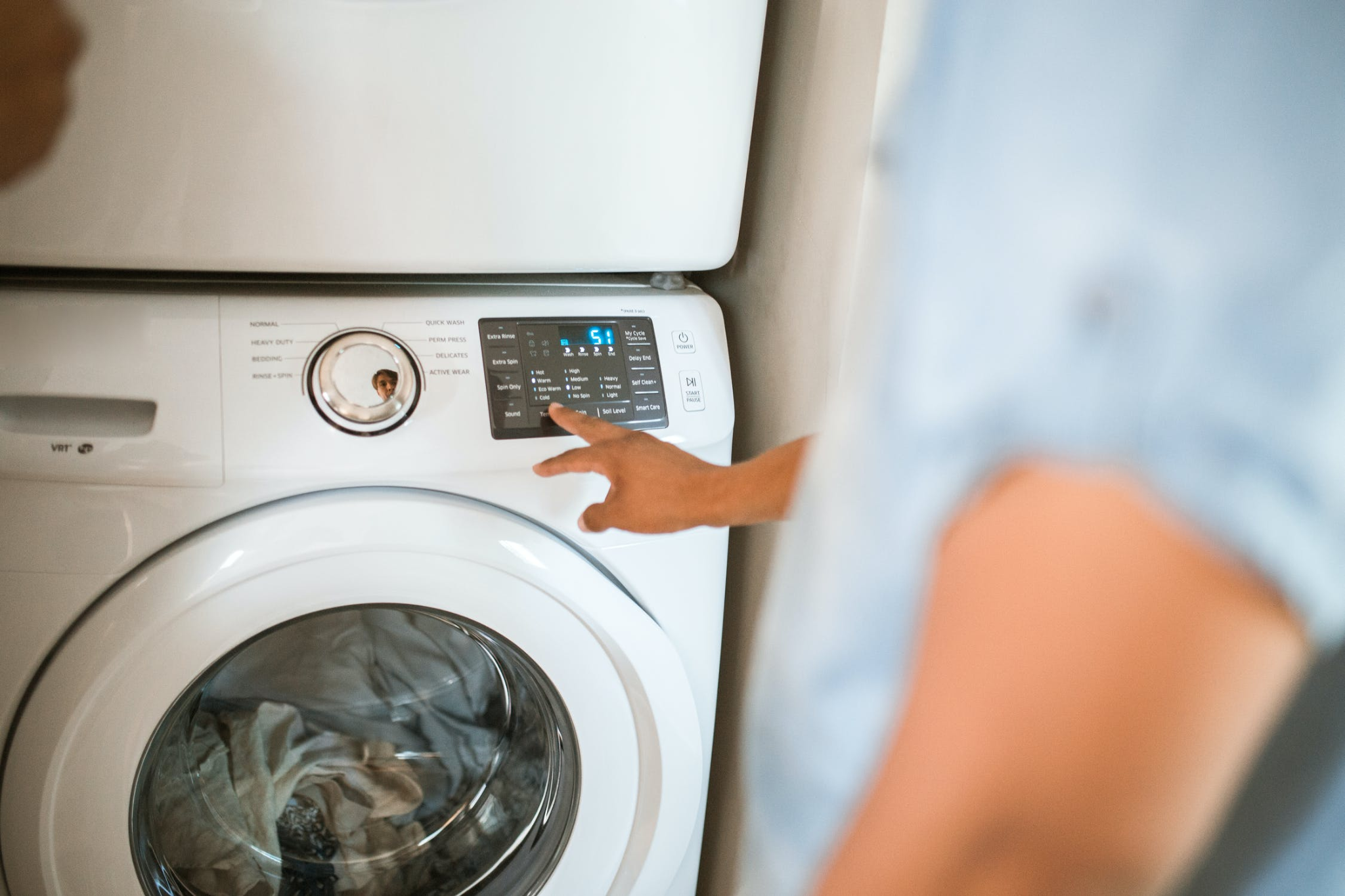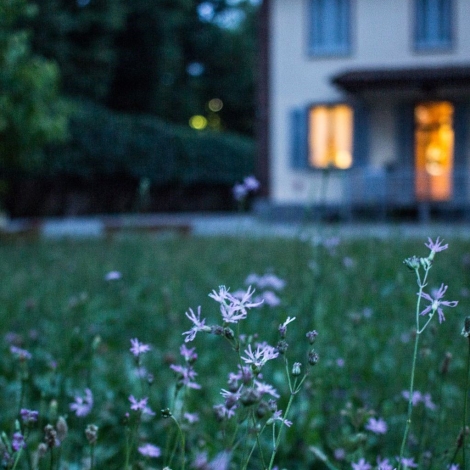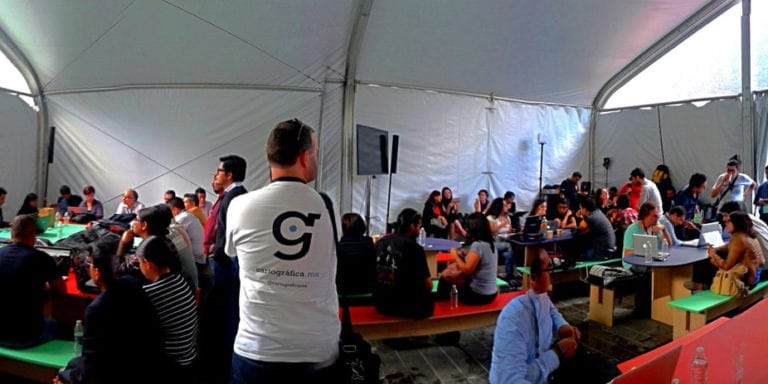Sustainable homes use less energy and water, are built with respect for resources, and can often be more comfortable and healthier to live in as well. While some systems created for sustainability can be expensive and outside the budgets of many people, there are also several ways that you can create a more sustainable and energy efficient home for less. And once you’ve made the move toward a more sustainable residence, you’ll often find it’s less expensive to live as well.
Creating a sustainable home can be done when building a new home or during any type of renovation, remodel, or retrofit of an existing home. Consider these ways to create an affordable and sustainable home before your next project.
Use Local Materials
A lot of sustainable design comes from the materials you use. In today’s economy, it’s common to find materials and goods that are produced around the world and available right in your backyard. But these materials come with hidden costs both for you and for the environment in terms of shipping, fuel, and the inability to determine manufacturing or harvesting methods. It can be difficult to tell whether something was produced using eco-friendly or sustainable means when you don’t know its origins.
By choosing local sources you can keep costs down by eliminating transportation costs, while also working to create a more sustainable community. Depending on where you live, it can often be possible to source wood and lumber products, natural stone products, and native plants from your area. Anything that you can find that’s produced nearby can be both cheaper and better for the environment.

Photo: unsplash.com
Use Reclaimed Materials
Sometimes in older tear-down jobs, materials such as flooring, lumber, stone, sinks, tubs, and architectural elements can be salvaged. In many cases, old-growth lumber can be reclaimed from buildings that are more than 100 years old. This material can then be remilled, and put to use for another hundred years or more. It’s also possible to find old bricks, terracotta tiles, stone pavers, and moldings reclaimed from older buildings as well.
All of these items can often be found for less money than their newer counterparts. Some may show their history and age in things like wear marks and patina, while others may look identical to new material. By making use of reclaimed goods in new projects you can reduce waste, and often get inexpensive material that can be of higher quality than newer material produced today.
Seal Air Leaks with Curtains and Blinds
Windows are one of the biggest sources of energy loss in a room. If they don’t fit correctly, they could be allowing energy to leak out around them. And even when they do fit properly, they can allow the sun’s heat to enter on hot days, causing your cooling systems to work overtime to lower the temperature inside. And while newer windows can help prevent these issues, they can also be expensive, and sometimes don’t completely solve the problem.
Judicious use of curtains can help you better regulate the temperature in a room. Thick curtains can help stop energy transfer, which in turn can help lower your energy bills. Blinds and curtains that are designed to block the sun’s rays can also be used to help keep interiors cool in hot climates. And because curtains can also be opened as needed to allow light and heat into a room, they allow you to adjust the amount of light entering throughout the day.
Install Water-Saving Toilets and Faucets
Normal toilets, faucets, and shower heads can use many thousands of gallons of water a year. Even when paying attention to water usage, a faucet could be putting out several gallons of water every minute, while older toilets can use as many as 6 gallons of water with every flush. By swapping out water appliances for low-flow options you can save thousands of gallons of water a year. Low flush toilets can use less than 1 gallon of water per flush, while water saving faucets can use less than 2 gallons per minute. Adding a locking feature to the taps can save even more water. Tap locks limit the amount of time that the faucet can be in use. This can be a helpful feature if you have young children who may forget to turn off the tap when brushing their teeth.
Add a Filter to Your Washing Machine

Photo: pexels.com
Many clothes today contain plastics that can break off in the wash, polluting local water supplies. These microplastics may not be easily visible, but with frequent washing can become a major source of pollution for the environment. Switching to nothing but natural fibers for clothing is one option, but it’s often an expensive and difficult path to take.
On the other hand, a filter is an inexpensive addition to your washing machine that will catch microplastics and prevent them from entering the local environment. They’re easy to install, fitting right over the drain opening. Empty them once a month to keep your drain running smoothly, and keep microplastics out of the local water supply.
Passive Solar Heating
If you’re building a new home, you may want to consider building with passive solar heating in mind, particularly if you are building in a moderate to cold climate. Passive solar heating involves maximizing the amount of energy from the sun let in through windows. The heat and energy that comes through the windows helps to warm the home, reducing other heating costs.
To achieve this goal, you need to work with an architect or designer who understands the principles behind passive heating. The idea is to install large enough windows at the right locations to capture as much of the sun’s heat as possible, while simultaneously sealing up any air gaps that could allow it to escape. This isn’t the best choice for very hot climates, but for cooler areas, it can allow you to dramatically decrease your home heating costs.
Expect More from Your Home
When you focus on sustainability as part of the design of your home, it’s possible to receive many benefits in return. Your home will not only benefit the environment, it will also be cheaper to build and to heat and cool. Best of all, you’ll know that your home is comfortable, healthy, and likely to remain that way for the longest amount of time. Make affordable sustainability the focus of your next home project to reap these benefits for yourself.
About the Author
Christina Miguelez is a guest to E4C and a writer for fixr.com.


Good